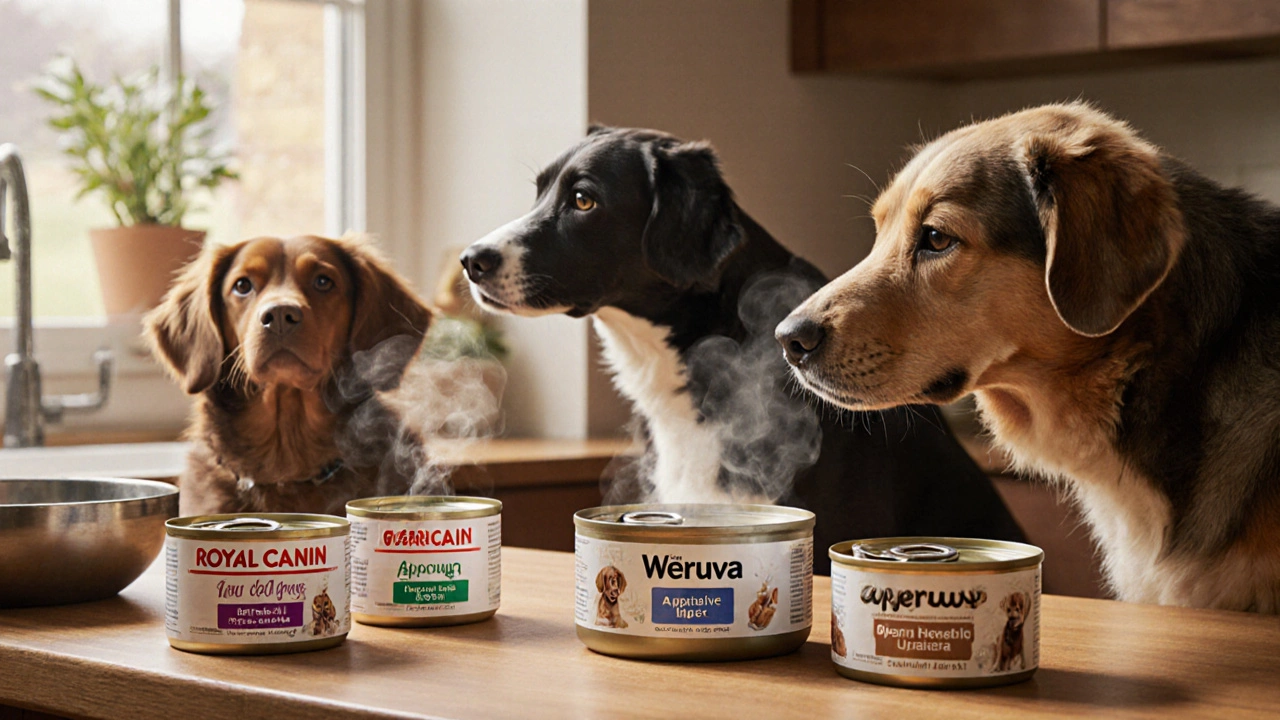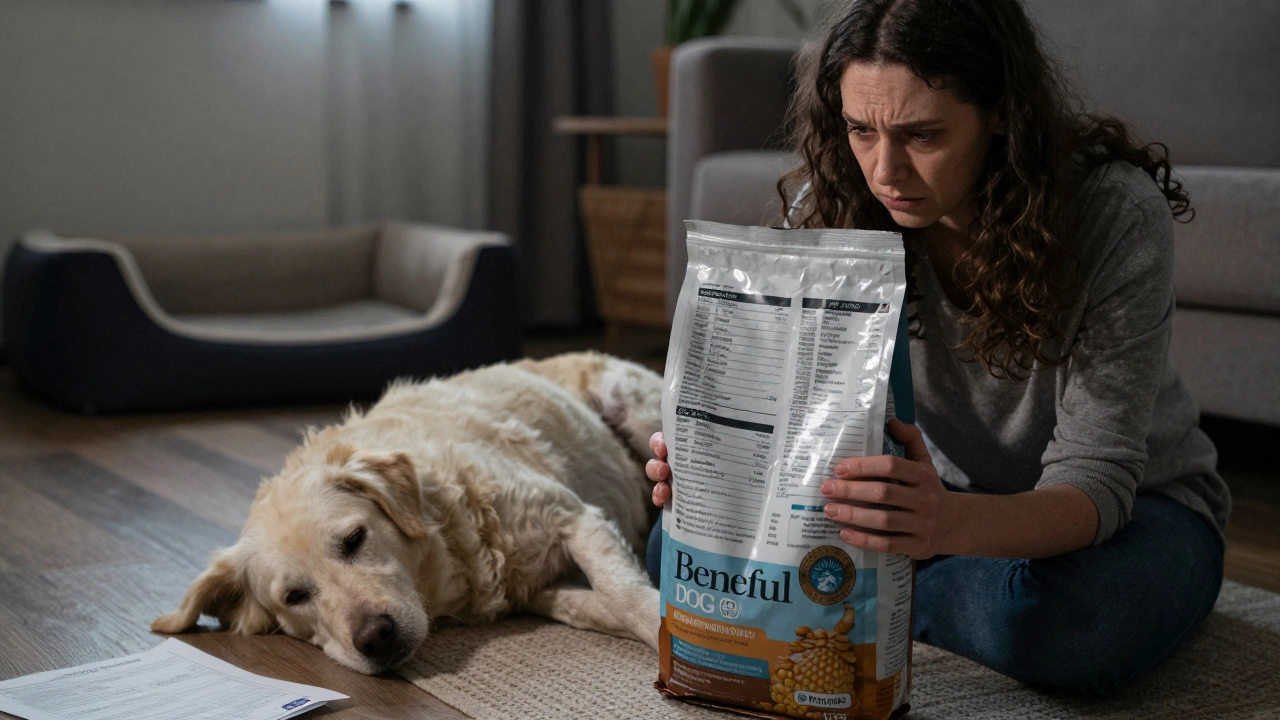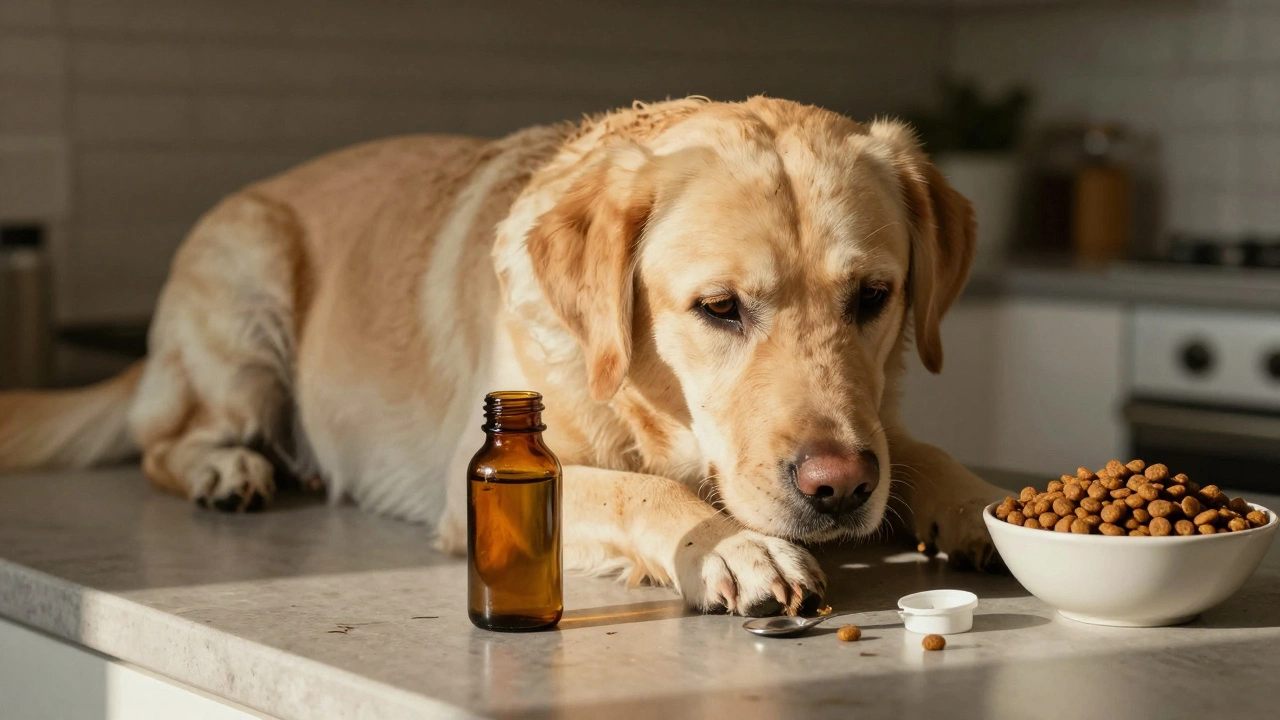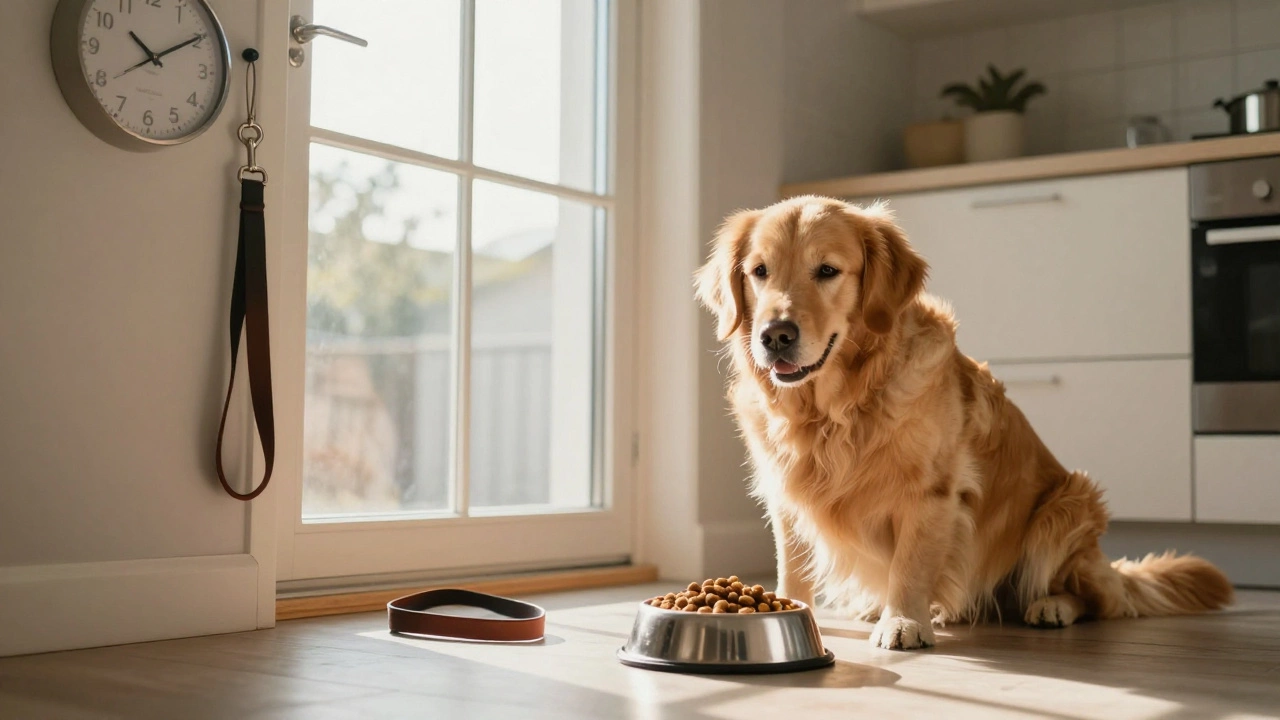Best Wet Food for Dogs: What Works, What to Avoid, and Real Reviews
When you’re looking for the best wet food for dogs, you’re not just picking a meal—you’re choosing a source of hydration, nutrition, and comfort. wet food for dogs, a moisture-rich, often meat-based diet formulated for canine digestion. Also known as canned dog food, it’s designed to mimic the natural moisture content dogs would get from prey in the wild. Unlike dry kibble, which can sit in the bowl for days, wet food is eaten fresh, helps with hydration, and often appeals more to older dogs, picky eaters, or those with dental issues.
dog food ingredients, the actual components listed on the label that determine nutritional value and safety. Not all wet foods are created equal. Some brands hide fillers like corn syrup, artificial preservatives, or low-quality meat by-products under fancy names. The best options list a real meat—like chicken, beef, or salmon—as the first ingredient, followed by vegetables, vitamins, and minimal additives. Avoid anything with vague terms like "meat meal" without specifying the source. canine nutrition, the science of feeding dogs to support energy, coat health, joint function, and immune strength. Wet food often delivers higher protein and fat levels in digestible form, making it ideal for active dogs or those recovering from illness.
Many pet owners assume wet food is just a treat or temporary fix—but it can be a full diet. The key is matching it to your dog’s age, size, and health. Puppies need more calories and DHA for brain development. Seniors benefit from joint-supporting ingredients like glucosamine. Dogs with kidney issues need lower phosphorus. And if your dog drinks little water, wet food can be a lifesaver—it’s up to 80% moisture, compared to kibble’s 10%. You don’t need to switch entirely, but mixing wet and dry can boost intake without overfeeding.
What’s missing from most labels? Transparency. Some brands use "natural" or "holistic" as marketing fluff without proof. Look for AAFCO statements on the can—this means the food meets minimum nutritional standards. Also, check for recalls. The same company that makes great wet food for one breed might use questionable sources for another. Stick to brands with clear sourcing, no artificial colors, and no controversial additives like ethoxyquin or BHA.
You’ll find plenty of reviews online, but real results come from watching your dog. Does their coat shine? Are they energetic after meals? Do they finish the bowl without hesitation? If yes, you’re on the right track. If they’re lethargic, itchy, or have loose stools, the food might not be right—even if it’s labeled "premium."
The posts below pull from real experiences—what owners learned after switching brands, what vets recommend for sensitive stomachs, and which wet foods actually deliver on their promises. No fluff. No ads. Just what works for dogs in South Tyneside and beyond.
What Wet Food Is Good for Dogs? A Simple Guide to Choosing the Best Options
Discover what wet food is truly good for dogs-based on ingredients, life stage, and vet recommendations. Learn how to choose the best canned food, avoid common mistakes, and feed it properly for optimal health.






